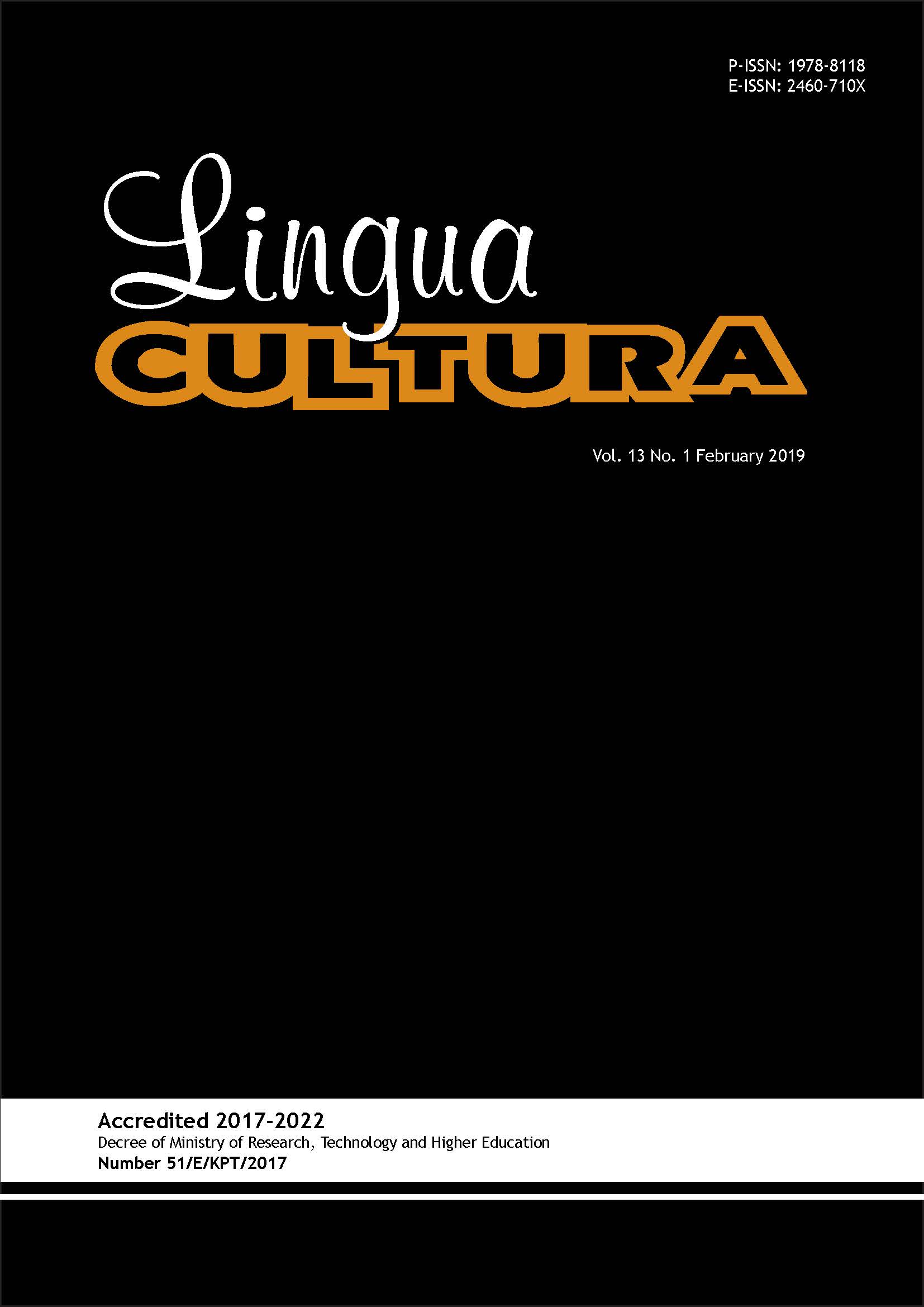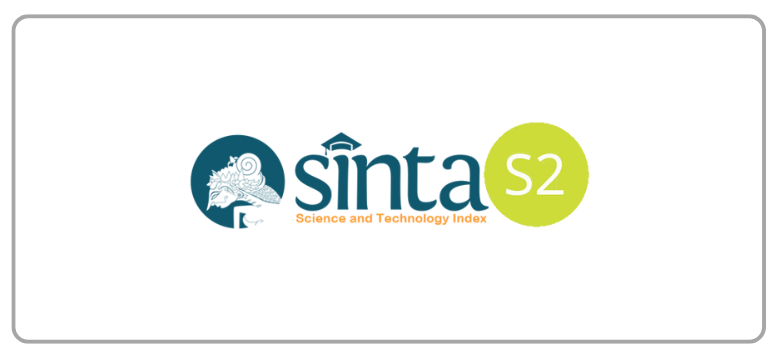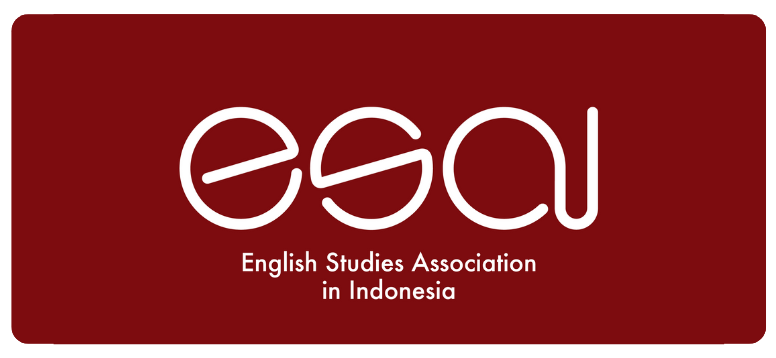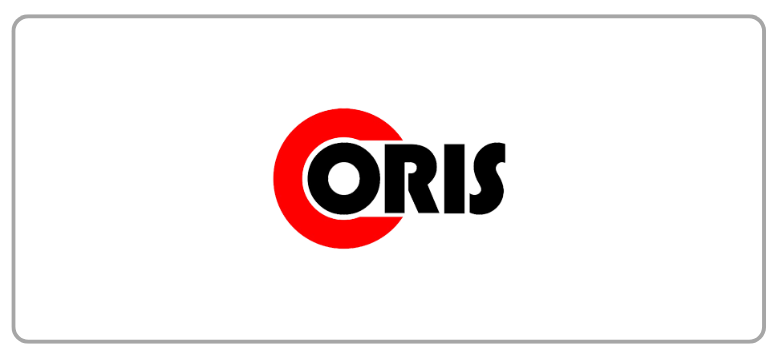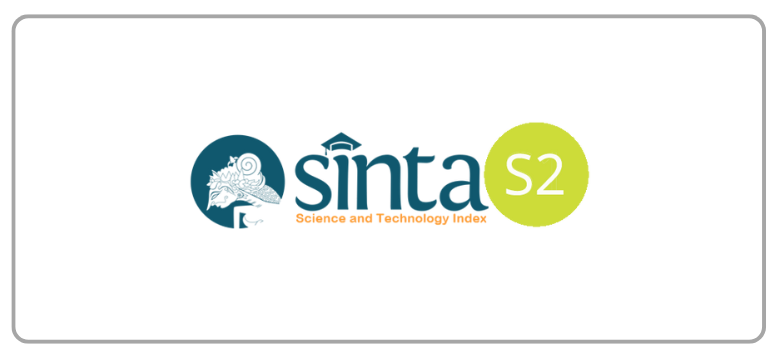A Comparative Study of Source Language Texts Used in the Indonesian Translations of Tao Te Ching
DOI:
https://doi.org/10.21512/lc.v13i1.5361Keywords:
comparative, source text, Tao Te Ching, Indonesian translationAbstract
This research aimed to show the Indonesian translation of Tao Te Ching that commonly did not state clearly the source text used as translation base, although some translations put Chinese source text in its translation book. This research tried to use a comparative method to analyze the differences of source texts used in two versions of Indonesian translations of Tao Te Ching, i.e., Lika and Wang, and its impact to translation products, then compared those source texts used with five original versions of Tao Te Ching as base texts references. The results show that (1) the differences between the two source texts occur mainly in four aspects: punctuation marks, pauses, characters, text redundant, and loss. (2) Source texts used by these two Indonesian versions are very close to the most widespread original versions; He Shanggong and WangBi commentary versions, with some changes in some places. Lika source text is quite close to HeShanggong version, Wang source text is quite close to the Wang Bi version. Some intentional changes in source text occur in Lika.
References
白水. (2017). 上å¤æ±‰è¯å£è¯æ²¡æœ‰è¯æ°”è¯å—?——《之乎者也éžå£è¯è®ºã€‹. ä¸å›½å›¾ä¹¦è¯„论, (10), 59–64.
党圣元, & 陈民镇. (2018). 王弼本《è€å》“ç»æ³¨ç›¸â€çŽ°è±¡æŽ¢è®º. ä¸å›½å“²å¦å², (4), 50–63.
ä¸å››æ–°. (2014). 早期《è€å》文本的演å˜ã€æˆåž‹ä¸Žå®šåž‹ ——以出土简帛本为ä¾æ®. ä¸å·žå¦åˆŠ, (10), 103–115.
æœæ³½é€Š. (2018). 谈谈文献å¦çš„方法 〠ç†è®ºå’Œå¦ç§‘建设. 文献åŒæœˆåˆŠ, (1), 3–13.
æŽèƒœçœ‰. (2018). ä¼ æ’视角下å°æœ¬å¯¹æŠ„本的媒介å–代问题. ä¼ æ’与版æƒ, (9), 1–2. https://doi.org/10.16852/j.cnki.45-1390/g2.2018.09.002
æ¢æ–¯è¿ª. (2018). 浅谈《é“å¾·ç»ã€‹è‹±è¯‘æ–‡æœ¬å¤šæ ·åŒ–åŽŸå› æŽ¢æž. 科教文汇(上旬刊), (10), 180–181. https://doi.org/10.16871/j.cnki.kjwha.2018.10.077
刘殿爵, & ç« å©‰å‡. (2012). 《é“å¾·ç»ã€‹è‹±æ±‰åŒè¯. 北京: ä¸è¯‘出版社.
刘固盛. (2015). 《è€åã€‹é¦–ç« æ— æ¬²ã€æœ‰æ¬²é—®é¢˜è¾¨æž. ä¸å›½å“²å¦å², (4), 11–15.
刘利, & æŽå°å†›. (2013). 汉è¯è¯æ°”è¯åŽ†æ—¶æ¼”å˜çš„å‡ ä¸ªç‰¹ç‚¹. 北京师范大å¦å¦æŠ¥ (社会科å¦ç‰ˆ), (6), 49–56.
刘笑敢. (2006). 《è€åå¤ä»Šï¼šäº”ç§å¯¹å‹˜ä¸Žæžè¯„引论》. 北京: ä¸å›½ç¤¾ä¼šç§‘å¦å‡ºç‰ˆç¤¾.
刘笑敢. (2014). 簡帛本《è€å》的æ€æƒ³èˆ‡å¸è¡“價值 ——以北大漢簡爲契機的新考察. 《国å¦å¦åˆŠã€‹, (2), 34–45.
马莲. (2016). 《è€åæ²³ä¸Šå…¬ç« å¥ã€‹ç ”究概述. ä¿å®šå¦é™¢å¦æŠ¥, (3), 79–83. https://doi.org/10.13747/j.cnki.bdxyxb.2016.03.012
å™è¦è‰¯. (2017). 《竹简〈è€åã€‰æ–‡æœ¬æ ¡æ³¨ã€‹å‡ºç‰ˆ. 哲å¦åŠ¨æ€, (12), 27.
王岩. (2017). 《è€å》éƒåº—简本与王弼注本第三åç« å¼‚æ–‡å¯¹æ¯”ç ”ç©¶. 哈尔滨师范大å¦ç¤¾ä¼šç§‘å¦å¦æŠ¥, (4), 91–93.
å´ä¼šçµ, & å´çŽ²çŽ². (2018). “之â€å—的用法解æž. å‰æž—广æ’电视大å¦å¦æŠ¥, (7), 141–142.
姚达兑. (2016). 译玄:最早英译《é“å¾·ç»ã€‹(1859)译文åˆæŽ¢+. ä¸å›½æ–‡åŒ–ç ”ç©¶, (冬), 126–136.
赵争. (2018). 从出土文献看汉代《è€å》文本åŠæµä¼ . å²æž—, (6), 20–27.
郑å‰é›„. (2018). 论先秦æ€æƒ³å²ä¸çš„è¯è¨€æ–¹æ³•â€”—义ç†ä¸Žè®è¯‚一体性新议. æ–‡å²å“², (5), 38–67. https://doi.org/10.16346/j.cnki.37-101/c.2018.05.04
Lika, I. D. (2012). DaoDeJing: Kitab suci utama agama Tao. Jakarta: P.T. Elex Media Komputindo.
Wang, A. (2014). DaoDeJing: The wisdom of Lao Zi. Jakarta: P.T. Gramedia Pustaka Utama.
Downloads
Published
How to Cite
Issue
Section
License
Authors who publish with this journal agree to the following terms:
a. Authors retain copyright and grant the journal right of first publication with the work simultaneously licensed under a Creative Commons Attribution License - Share Alike that allows others to share the work with an acknowledgment of the work's authorship and initial publication in this journal.
b. Authors are able to enter into separate, additional contractual arrangements for the non-exclusive distribution of the journal's published version of the work (e.g., post it to an institutional repository or publish it in a book), with an acknowledgment of its initial publication in this journal.
c. Authors are permitted and encouraged to post their work online (e.g., in institutional repositories or on their website) prior to and during the submission process, as it can lead to productive exchanges, as well as earlier and greater citation of published work.
USER RIGHTS
All articles published Open Access will be immediately and permanently free for everyone to read and download. We are continuously working with our author communities to select the best choice of license options, currently being defined for this journal as follows: Creative Commons Attribution-Share Alike (CC BY-SA)
